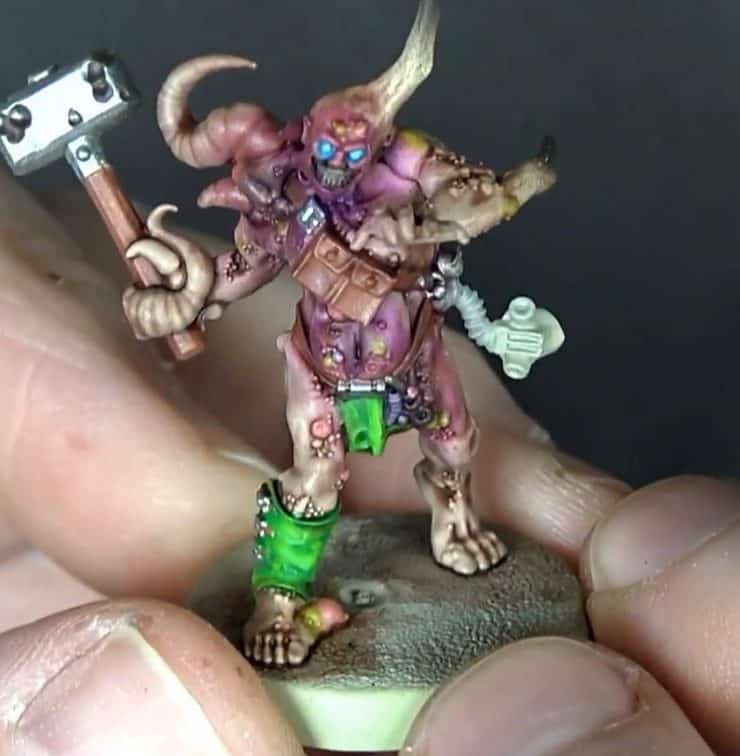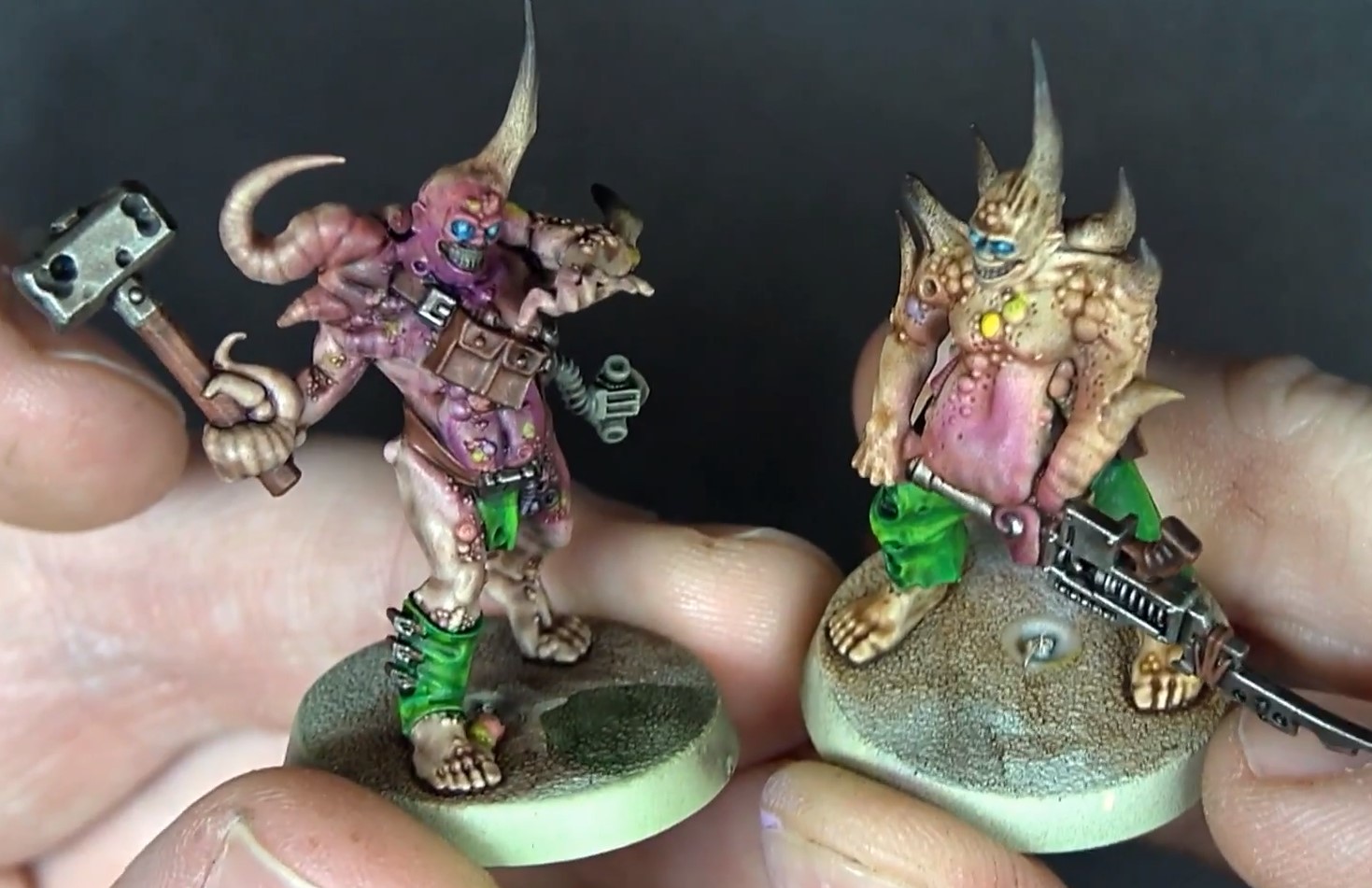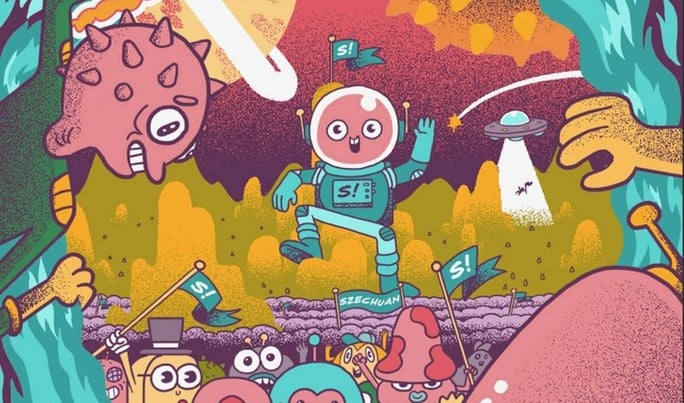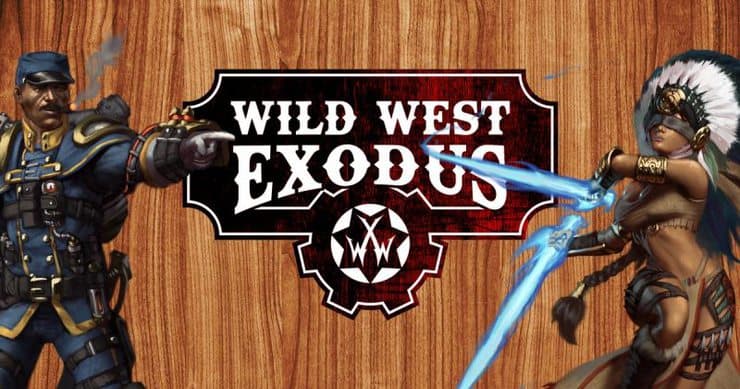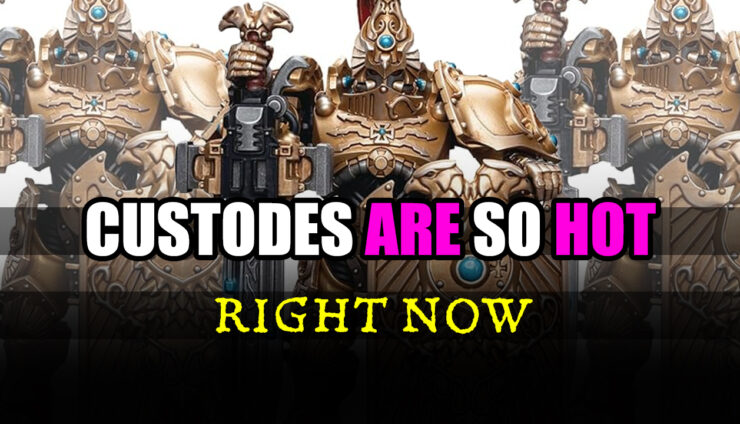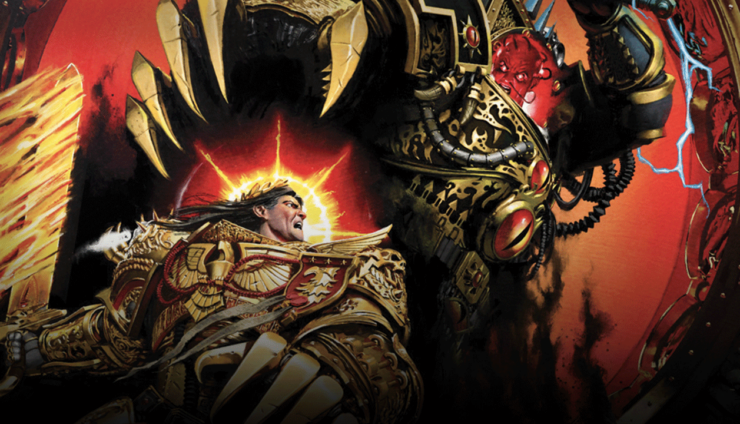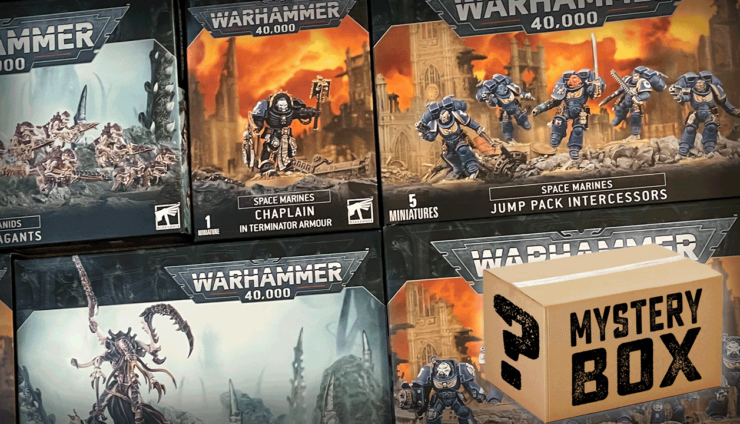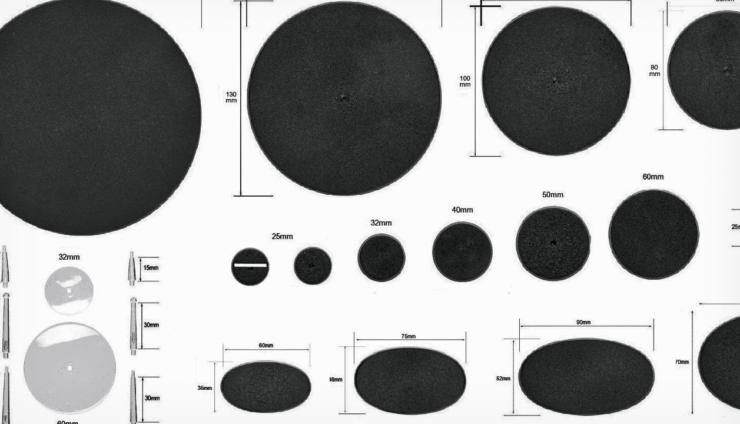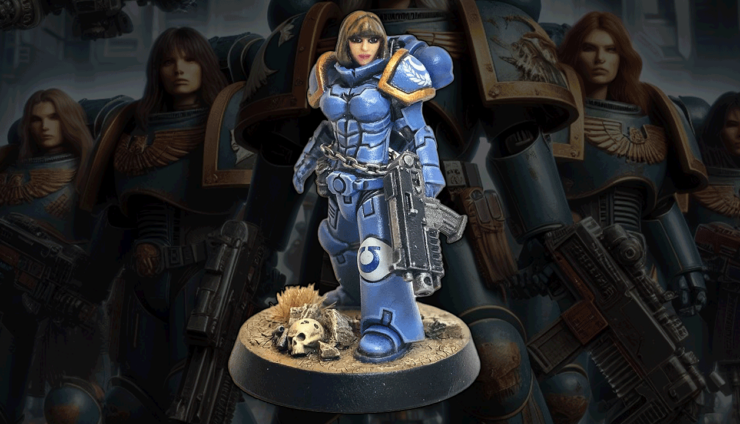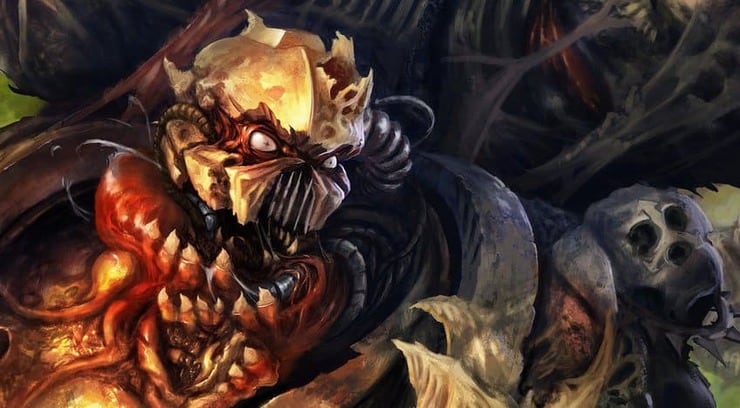 Nurgle Poxwalkers have tons of great detail and can be daunting complete, so here is a quick and easy tutorial on painting hundreds of them all at once!
Nurgle Poxwalkers have tons of great detail and can be daunting complete, so here is a quick and easy tutorial on painting hundreds of them all at once!
These Nurgle Poxwalkers, identifying as Malefic Lords, are painted using Army Painter’s line of paints. These paints have been fantastic to airbrush and brush paint with, and their washes have improved greatly.
This tutorial uses a lot of airbrush, however if you don’t have an airbrush, you can still use this tutorial easily by using primers and the Army Painter color matches. For example, Army Painter Necrotic Flesh Primer is color matched with the Necrotic Flesh straight from the bottle and you’re good to go.
Painting Nurgle Poxwalkers Made Easy: Tutorial

The color line is robust and growing, with great quality products. The metals have been fantastic as well to use and airbrush with as well. To see the entire tutorial, including some amazing detail work using the brush, scroll down and press play on the video below!
Applying Basecoat
First step is to prime with Necrotic Flesh. Corpse Pale is used to base coat the model with the airbrush. The Necrotic Flesh lays underneath the Corpse Pale nicely and enhances the sickly look that is uniquely Nurgle.
These steps can by bypassed if you do not have an airbrush by priming with Necrotic Flesh, or painting on Necrotic flesh, then washing the model and building the color up with the brush to produce fades with the exact same colors.
Layering & Details
Once the Corpse Pale is added, disease detail will be added, such as bruising around open sores and gory look to those sores as well. Using the Airbrush, Orc Blood is applied around and on the open soars, spraying wide around the sores as tans and fleshes will later be applied to get in the great bruised feel. Tanned Flesh is then sprayed over the purples towards the center. Skeleton Bone was added to the bone spikes as well. Dark Stone was then added to the tips. All this adds definition to the details.
These same effects can be done with a brush, using these same colors and the glazing technique. After these steps, either via brush or airbrush, Matte Varnish is added to seal the paint to prevent the paints from accidentally rubbing off.
With the paintbrush, Fur Brown is used to block in the leather straps, such as the belt and pouches, as well as the heft of the weapon. Greenskin is then used to block in the grieves and tabard. Plate Mail Metal is added to all metal bits and Filthy Cape is applied to the mask. Dark Stone is added to the mouth area and enhancing some areas on the metals.
The colors Toxic Boils, Witch Brew, Babe Blonde are used to dot all the boils and skin bubbles to accent prior to the washes enhancing the shadows. Poisonous Cloud is then used to add traditional highlights on the tabard and greens. A light drybrush of Skeleton Bone is added to the teeth to add definition and bring out the details. Crystal Blue and Voidshield Blue are used for the eyes.
Wash Work
Flesh Wash and Purple Tone, which are from the line that came out in February, will be primarily used to bring out the details and shadows. The first mix is 80% Flesh Wash, 20% Purple Tone, and are mixed in a separate palette. The wash can be cut with Wash Mixing Medium, which is a tension breaker. The wash is added to the pale flesh areas of the model from top to bottom, allowing gravity to help the wash drip down into crevices. The wash can be built up over consecutive coats to add neat tones to the flesh as desired. After it dries, Purple Tone is added straight to the purples prior to the model being coated a second time with the previous mix. Strong Tone is mixed 50/50 with Dark Tone to wash all the metals. The leathers are washed with Strong Tone directly. Dark Tone is used for the greys.
Military Shader is used on the greens directly, giving it some depth and toning the greens on the cloth down.
Allow your washes to dry completely between coats, unless you are looking to specifically mix washes, as was done above! If your washes say “Ink” on the bottom instead of “Washes”, do not use them in this, as they will not function the same way as these are used.
Final Result
All the base coats combined together and were enhanced by the washes themselves. Adding the highlights to all raised edges vibrantly then toning things down with the tint, gives the model a sickly, bruised appearance. The final step is to add Matte Varnish to set everything and add a base. Overall, the Army Painter system is easy to use and allows for washes to really enhance the color tones of all their paints.
All the colors that were used and listed are by Army Painter. Be sure to press play on the video below and take a look at the entire process.


